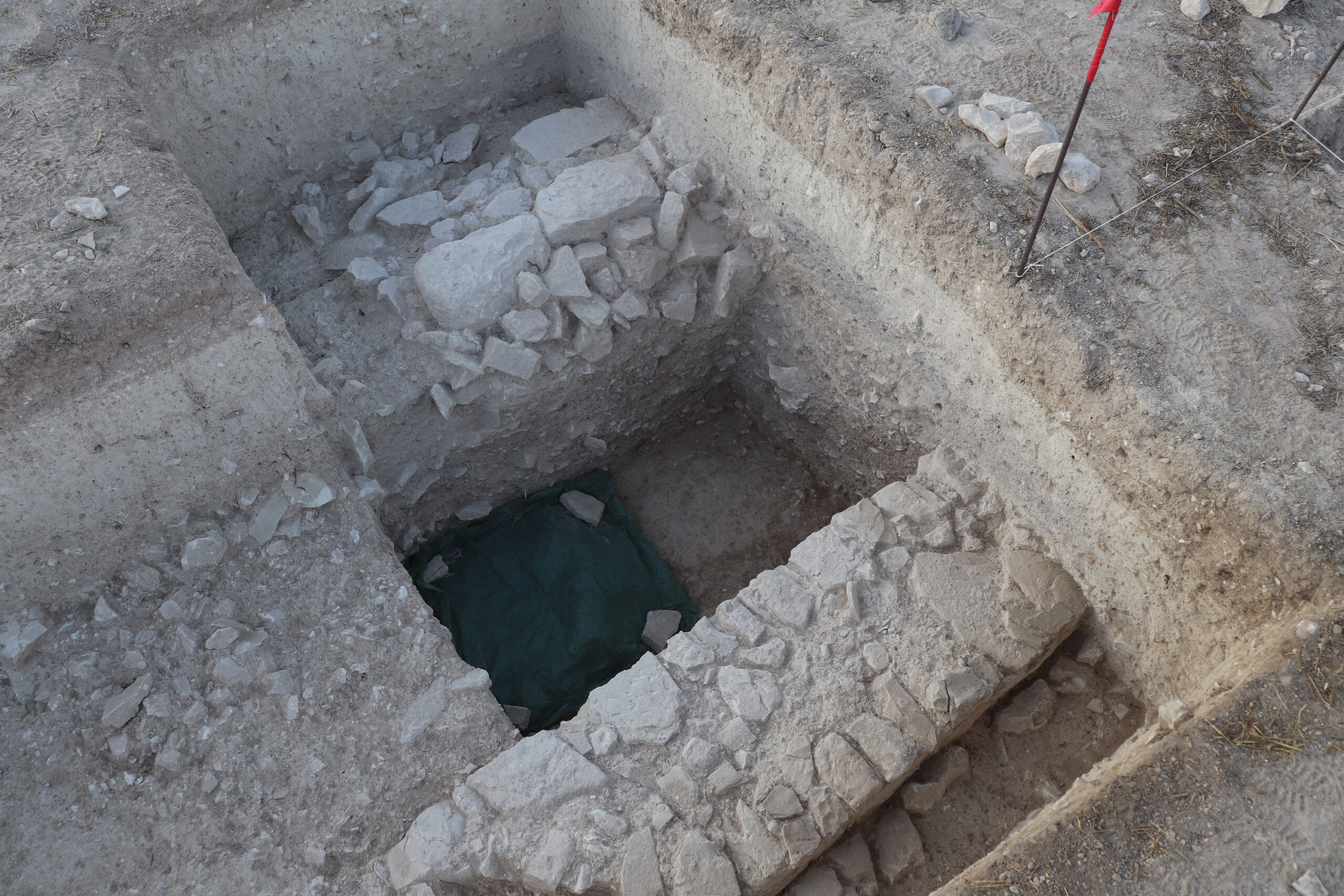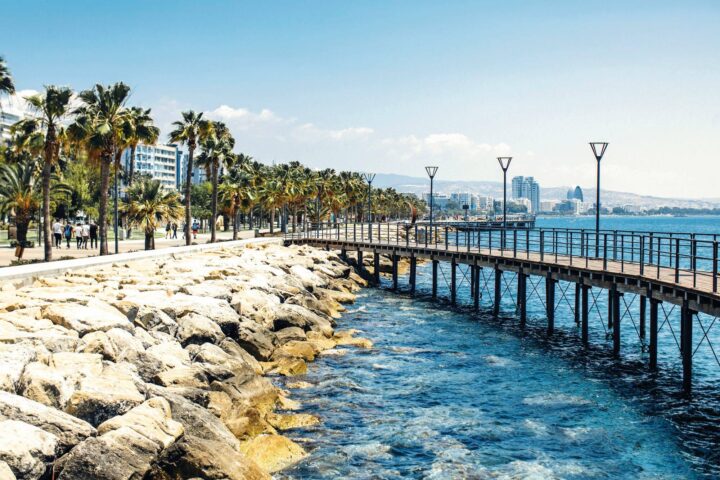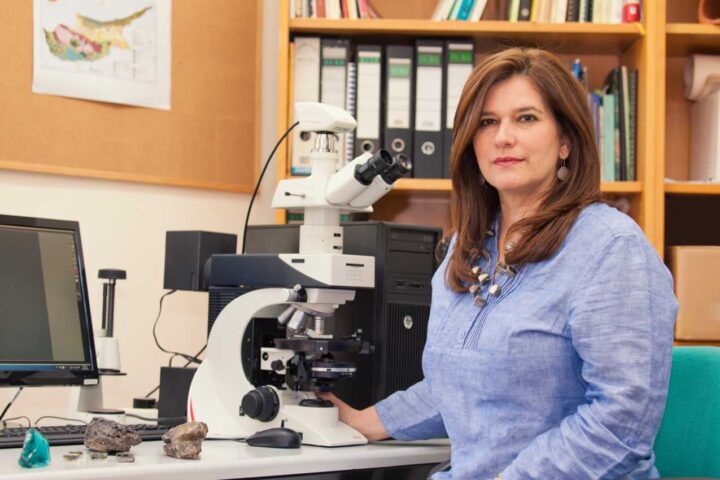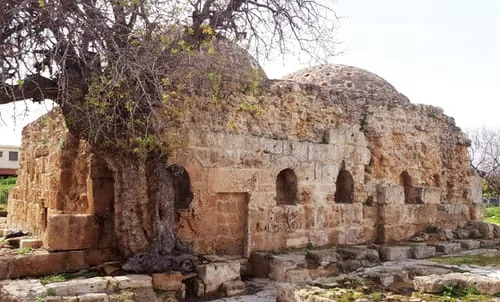The lost Hellenistic Sanctuary of Apollo at Pera Orinis, Nicosia, is more than twice as large as previously known, the Department of Antiquities said.
It said the initial archaeological excavation work exploring the Sanctuary of Apollo was completed in October 2022.
The Goethe-Universität Frankfurt carried out the work under the directorship of Prof. Matthias Recke.
Two years ago, researchers from the German universities of Frankfurt and Kiel successfully located the sanctuary of Apollo at Frangissa near Pera Orinis, known since 1885 but was considered lost.
In 2021, an initial excavation campaign uncovered the remains of ancient masonry. However, the interpretation of the complex construction history and its function within the sanctuary area had yet to be ascertained.
In 2022, this work was continued to re-expose the areas of the 19th-century excavations, document them under modern standards and explore the previously unexamined surroundings of this precinct.
Ancient sanctuaries were complex and multifaceted areas that provided facilities for ritual practices and many social, political, and economic functions.
The current research project aims to explore these complex structures, which often evolved over several centuries, and gain important insights into the functioning of ancient sanctuaries.
The ongoing excavations “allow for a closer examination of the building remains uncovered in the previous year’s campaign.”
“Based on the current state of knowledge, the construction of this complex can be dated to the Hellenistic period,” said the department.
Towards the end of the excavation, a stepped structure consisting of meticulously hewn blocks was discovered near the courtyard.
“Such large and high-quality blocks were previously unknown at Frangissa.
“Not only the precision of the dressing but also the imported material used makes this finding exceptional.
Discovery
“All architectural structures in the sanctuary were made of local limestone.
“Therefore, this discovery represents a remarkable monument, and its complete excavation in a later campaign will significantly expand our knowledge of the sanctuary’s furnishings.”
The exact connection between the Hellenistic courtyard, the previous excavations, and the core area of the sanctuary remains unclear.
The sanctuary’s core, including an open courtyard with a roofed cult room, dates back to the Archaic period.
“The newly discovered structures provide evidence for a larger expansion phase of the Frangissa sanctuary during Hellenistic times, significantly increasing the built-up area and expanding the possible uses of the sanctuary.
“The Hellenistic sanctuary is more than twice as large as previously known”.
Another significant finding “was the discovery of terracotta fragments, initially appearing inconspicuous but of great beauty.”
These fragments belong to a larger-than-life male terracotta figure, which, similar to the well-known Colossus of Tamassos in the Cyprus Museum (originating from the same sanctuary), was assembled from several individual parts.
The robe of the figure was intricately decorated with incised ornaments. Similar fragments were previously found in 1885 and taken to the Cyprus Museum.
The newly found fragments perfectly match these ancient fragments, confirming the identification of the sanctuary with the site excavated in 1885, which was previously based on various circumstantial evidence.
The planned continuation of the excavation will further explore the function of the courtyard and its precise connection to the sanctuary core.










